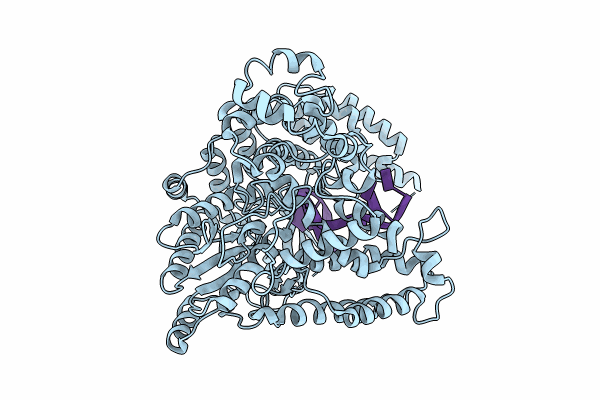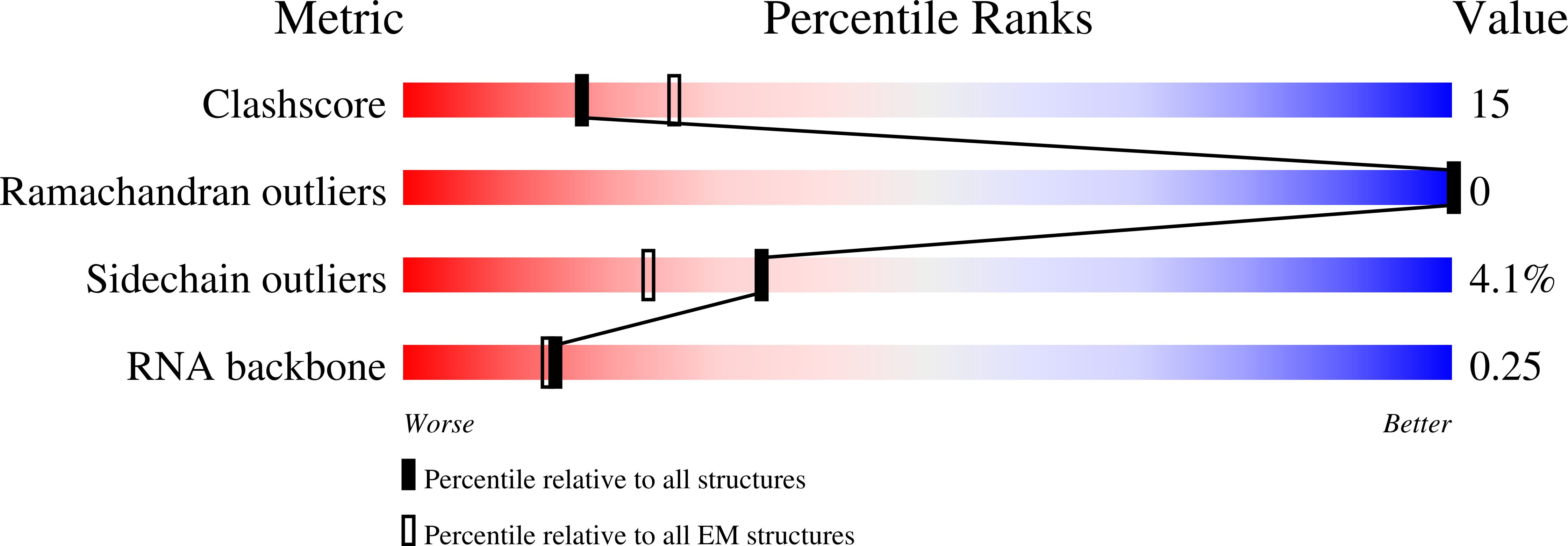
Deposition Date
2023-05-24
Release Date
2024-01-10
Last Version Date
2024-02-14
Entry Detail
PDB ID:
8SXU
Keywords:
Title:
Structure of LINE-1 ORF2p with an oligo(A) template
Biological Source:
Source Organism:
Homo sapiens (Taxon ID: 9606)
synthetic construct (Taxon ID: 32630)
synthetic construct (Taxon ID: 32630)
Host Organism:
Method Details:
Experimental Method:
Resolution:
3.66 Å
Aggregation State:
PARTICLE
Reconstruction Method:
SINGLE PARTICLE


